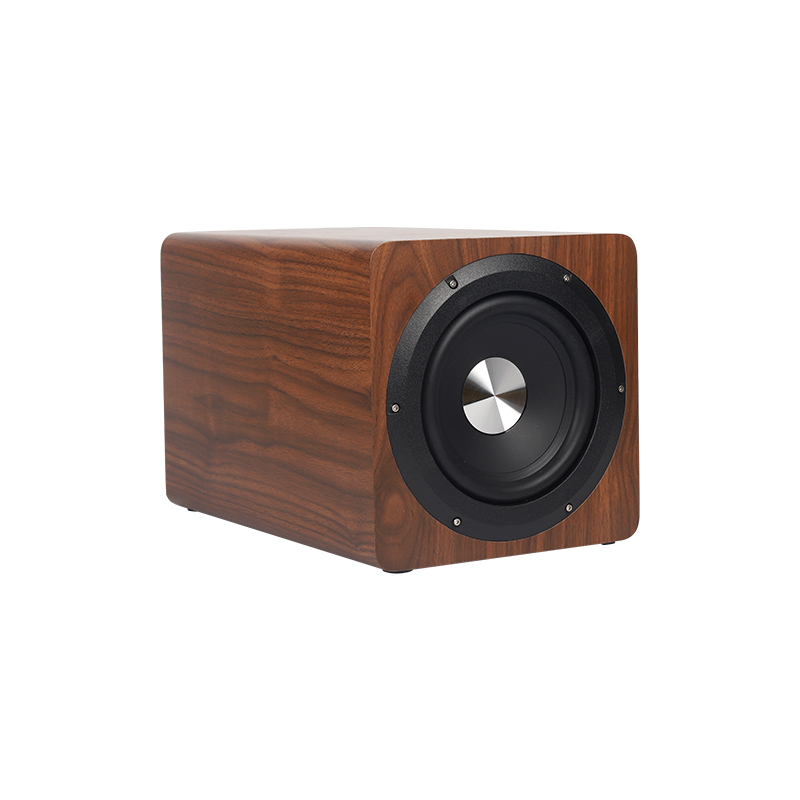Only a scientific and reasonable debugging system can make the equipment adapt to different environments, give full play to their respective functions, coordinate with each other, and ensure normal and stable work for a long time.
It's a metaphor for a system that isn't well-tuned, equipped like a poorly-trained force, with different orders, chaotic actions, chaotic actions, and a low level of performance.

Through strict and standardized debugging, the equipment can work accurately in the optimal working state, and the service life of the equipment can be greatly extended with attention to maintenance in the later period of use.
Practical experience and investigation have shown that most of the equipment damaged in the normal range is caused by debugging and maintenance. In a large number of projects, engineering design and construction units with actual capabilities, conditions and debugging experience can see the equipment in the project. how important debugging is.
Each system specializing in acoustic engineering contains many types and quantities of equipment, and the use methods and system working methods of various equipment are different, so the equipment debugging of the system is also different, but because the types of projects are also very different, if It is too long to introduce the equipment debugging methods of all types of projects one by one. Here we only introduce the steps of equipment debugging in the later stage of general types of projects.
Pre-commissioning preparation
Acoustic debugging is a job with both technology, experience and responsibility. When the design, selection, layout and construction meet the requirements, the design requirements can only be met by debugging the equipment and systems. Make adequate preparations.
Preparations include:
Equipped with necessary instruments and tools, such as phase meter, noise generator, spectrum analyzer, sound pressure meter, multimeter, etc.;
Prepare all engineering design and construction drawings;
Read the installation and operating instructions of all equipment carefully, and prepare the operating instructions for important or special equipment.
What should also be prepared is that before the debugging work, it must be ensured that there are no irrelevant personnel on site to avoid interference with the debugging work.
Check equipment installation, connection according to design and layout requirements
Unlike the construction steps of the project, in the equipment commissioning stage, the idea of the inspection of the installation and connection of the system and equipment is based on the outline of the entire system. It is hoped to find problems and easy to find problems, so the inspection before commissioning is very necessary. ;
At the same time, during the inspection process, ask the construction personnel about the problems left in the construction process to ensure that there is no problem with the power supply line and voltage.
Make the appropriate settings for all devices
Because the composition of each system equipment is different, the working environment of the equipment is different, and the signal processing and transmission methods of each system are also different, so the meaning of the setting is also to make the equipment work in a reasonable state, so that the cooperation between the equipment, Control has a good foundation.
Settings for the sound system include:
The voltage level of each device should be set to the power supply voltage, and try to increase one level;
Set the signal transmission level value as much as possible to ensure that the transmission reference point of the signal is consistent;
The working state of the power amplifier is stereo, parallel mono or bridge mono, the protection state is set to no, the input transformer is selected, etc.;
What is the frequency division method of the sound, and where is the high frequency attenuation position;
The input attenuation state of the signal, the grouping of the signal;
How to select the gear of the surrounding equipment, whether to bypass, whether to link, whether to start, etc.
Check the operation of individual devices in the system individually
The significance of this step is that, from the independent equipment operation check, we can check the transmission of the signal step by step and check the working status of the individual equipment, so that the system can work normally and achieve better sound quality.